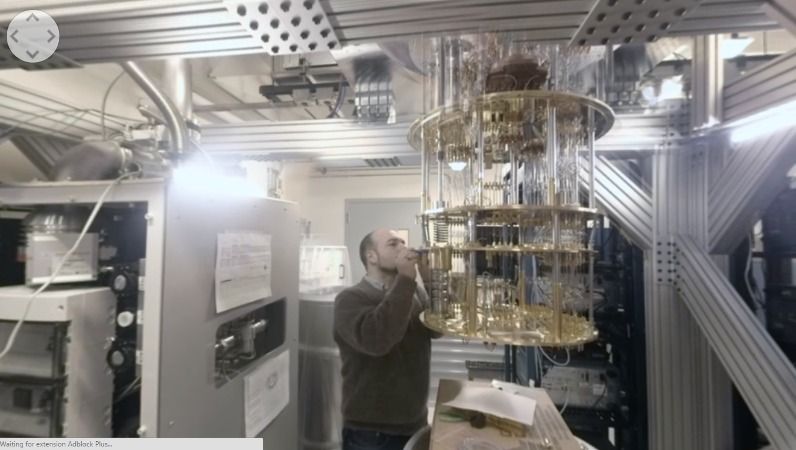May 5, 2016
IBM develops quantum as a service
Posted by Karen Hurst in categories: computing, quantum physics
So, I did get my acceptance to the IBM Quantum experience this morning. ANd, as part of their disclaimer they did state it was only a preview version which was good; and noted that there maybe bugs/ glitches and to notate them. So kudos to IBM for properly managing expectations.
IBM’s Zurich Laboratory has made its five-bit quantum computer available to researchers through a cloud service.
The researchers at IBM have created a quantum processor, made up of five superconducting quantum bits (qubits).

















